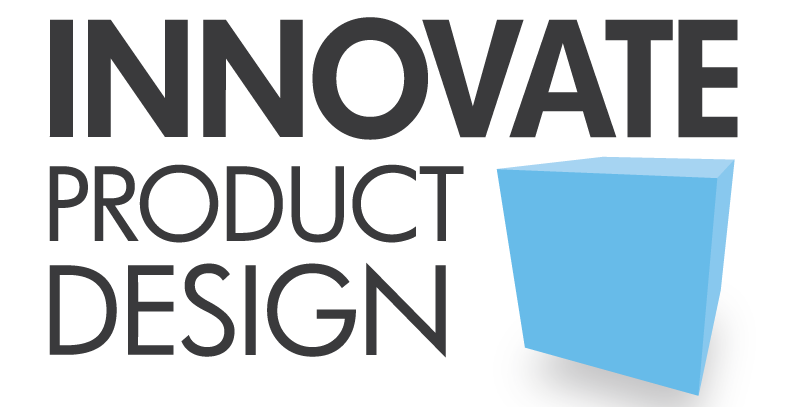Most people do not realize that patents have been around for a LONG time. Did you know that in 1421, a Florentine architect named Filippo Brunelleschi acquired a patent for “a barge with hoisting gear that carried marble?” His patent was valid for three years. Or that John of Utynam from Flanders was granted the first English patent “for introducing the making of colored glass.” It was granted by King Henry VI and was valid for 20 years, which gave John Utynam a 20-year monopoly on the production of stained glass.Patents as we know them today originated in Europe. The first was the Republic of Venice in 1474. The decree stated that “new and inventive devices, and once put into practice, had to be communicated to the Republic to obtain the right to prevent others from using them.” The second was England under two rulers, King James 1 and Queen Anne. King James 1, created a Statute of Monopolies in 1624, which stated granted patents could only be for “projects of new invention.” Under the reign of Queen Anne (1702-1714), the English Court required that patents, when submitted, had to have a “written description of the invention. “ Most countries today created their patent systems based off of these systems.The first patent granted in North America was to Samuel Winslow, who created a new process for making salt. It was approved by the Massachusetts General Court in 1641. During the colonial period (1778-1789) of the United States, a number of states created their own systems in regards to patenting. The U.S. Constitution (signed in 1787) stated that “The Congress shall have power…To promote the progress of science and useful arts, by securing for limited times to authors and inventors the exclusive right to their respective writings and discoveries.”It wasn’t till a few years later that Congress adopted the Patent Act in 1790. The Patent Act defines that a U.S Patent is “any useful art, manufacture, engine, machine, or device, or any improvement thereon not before known or used.” If the patent got granted it gave the applicant/inventor “sole and exclusive right and liberty of making, constructing, using and vending to others to be used” of his/her invention.Samuel Hopkins, an American inventor from Philadelphia, was granted the first patent under the Patent Act for an improvement “in the making of pot ash and pearl ash by a new apparatus and process. It was granted on July 31, 1790 and was signed by President George Washington, Attorney General Edmund Randolph and Secretary of State Thomas Jefferson.As of today we not only have the US Patent and Trademark Office in the United States. We also have the World Intellectual Property Office and the European Patent Office. Not to mention there are patent offices in 74 countries. Patenting has come a long way.For further reading:https://en.wikipedia.org/wiki/Patenthttps://en.wikipedia.org/wiki/Samuel_Hopkins_(inventor)Jessica Vann works for a company that helps individuals with the invention process and gives general information about how to patent an invention.


1 (727) 205-3089
Contact Us
The material in this website is commercially focused and generalized information and opinion about successfully working within the existing legal framework of Intellectual Property, patents and patent law; and should in no way be viewed or construed as legal advice. Advisors at Innovate are not and will not be lawyers unless this is specifically stated.

